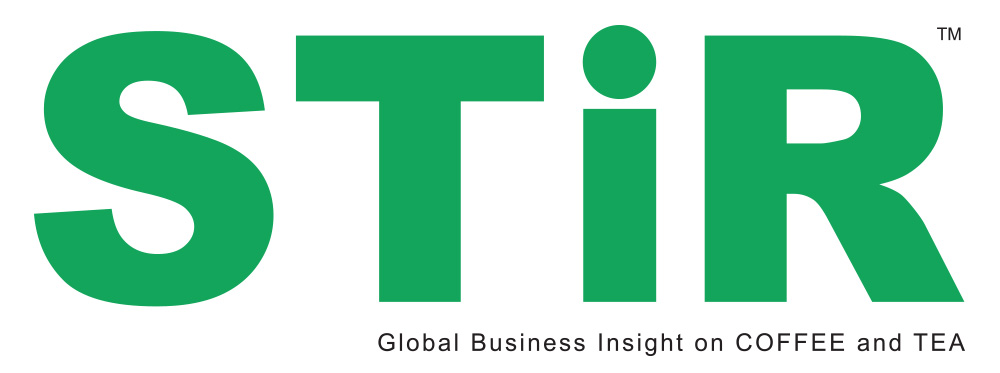
Photo courtesy Tru Vinci (on Flickr)
By Jenny Neill
Small roasters can thank the boom in hydraulic fracturing and a resurgence of manufacturing in the United States for renewed scrutiny on air quality standards. The Environmental Protection Agency (EPA) has proposed a new standard for ground-level ozone. Politicking at the national level means it will be months before new federal standards are locked in — however some local air quality districts are not waiting.
Two of the culprits behind smog are industrial processing and motor vehicle exhaust, which makes each a major target for rule makers who grapple with how best to control the problem. Many of the rules currently under consideration address factories and many types of manufacturing. Cars and trucks must also meet emissions standards. Some sources of pollution that once skirted permit or monitoring requirements, however, may soon also need to comply with air standards.
Small to medium-sized roasters—businesses that at present may not need a permit to operate — could soon need to prove they have taken steps to remove particulate matter from exhaust and do not emit greenhouse gas precursors above soon-to-be-monitored limits.
What may change
Standards for air quality in the U.S. have been set nationally by the EPA since 1970. The monitoring and enforcement of those standards, however, rests with local and regional governments.
The EPA has proposed the primary National Ambient Air Quality Standard be revised from allowing .075 parts per billion (ppb) to 65 ppb. This target is also known as the eight-hour ozone rule due to how the EPA now monitors whether a given area has attained compliance. The last time this rule was changed was in 2008.
The comment period for this proposed rule closed March 17. Organizations such as the National Association of Manufacturers (NAM) opined that the new rule would be disruptive to business and have a dampening effect on the economy.
NAM senior v.p. of policy and government relations Aric Newhouse said, “Further tightening of an existing standard that so many parts of our nation still can’t meet creates an undue strain on our economic recovery. Rather than adding to the regulatory pains already felt so acutely by our nation’s manufacturing sector, the Administration should focus on allowing existing standards to be fully implemented.”
California has 35 air quality districts, 16 of which are considered nonattainment areas based on the 2008 standard. With the proposed changes in the federal ozone standards, California district rules could become even more stringent.
Some districts are not waiting
The South Coast Air Quality Management District (SCAQMD) covers a large populated area and is struggling to come into compliance. The area includes Los Angeles, Orange, and Riverside counties, and part of San Bernardino County, and is home to more than 16 million people. As of January, monitors found ozone there to be well above the 2008 eight-hour standard with levels at or above .0115 ppb. Many rules in that district already aim to reduce emissions from cars and large manufacturing or processing facilities. New ones are expanding upon which pollution sources must comply.
James Westbrook, president and c.e.o. of BlueScape Environmental, said, “I see a trend to [focus] on NOx emissions from smaller equipment to target ozone impacts. Air districts have recently been passing rules to cover categories of small equipment that are widely used. Coffee roasters are one such category.”
Rule 1153.1 for commercial food ovens in SCAQMD is one example. Adopted in November of 2014, it applies to dry roasters with fuel combustion and sets limits for nitrous oxide and carbon monoxide emissions.
With the potential for future amendments to district rules if the national standard changes, small and medium roasters will find themselves at greater risk of being found noncompliant.
Particulates a problem
California EPA’s Office of Environmental Health Hazard Assessment released a study in February establishing a link between long-term exposure to ultrafine particles in the air and heart disease in women. Researchers followed over 100,000 Californian women from 2000 to 2007. They matched data from 8,000 of those who participated with particulate matter surveillance measures and health records.
“Ultrafine” included particles of 2.5 microns and is the stuff of smoke,” said lead author Dr. Bart Ostro, former chief of OEHHA’s air pollution epidemiology section.
“Smoky exhaust is why small to medium coffee roasters in urban settings pay attention to particulate matter. The announcement of this study may give them another.”
“Our findings suggest that ultrafine particles may have a significant impact on public health.”
Already, the national EPA standard for particles are set at 12 micrograms per cubic meter of air in order to minimize health issues. Unlike ozone, regional compliance with this standard is an annual measurement and one that means small roasters could do less. However, in urban settings, if a neighbor complains about roasting exhaust, be prepared to make some equipment changes.
“Air Districts can require emissions mitigation where nuisance complaints have been verified,” said Westbrook.
Roasters: Protect yourselves
Small and medium-sized roasters probably will not need to get an air permit under California source-specific rules for months or years to come, if ever. The only way to be sure is to stay informed about rules and rulemaking in your air quality district.
Westbrook said, “Even if an air permit is not required, roasters may need to keep records to prove an exemption can be claimed, especially if using VOC-containing solvents.”
Anyone selling gas-fired equipment in California is required to meet stringent emissions standards. When purchasing a roaster or an afterburner, be sure to ask for proof of compliance.
What should roasters in the rest of the United States do?
Robert Austin, president and c.e.o. of Loring Smart Roast, Inc. said, “[Southern California] is probably the leader in this area – and other areas in the US are following, or at least watching.”
California’s best practices for air quality compliance apply everywhere: know what your district requires and choose compliant equipment.


